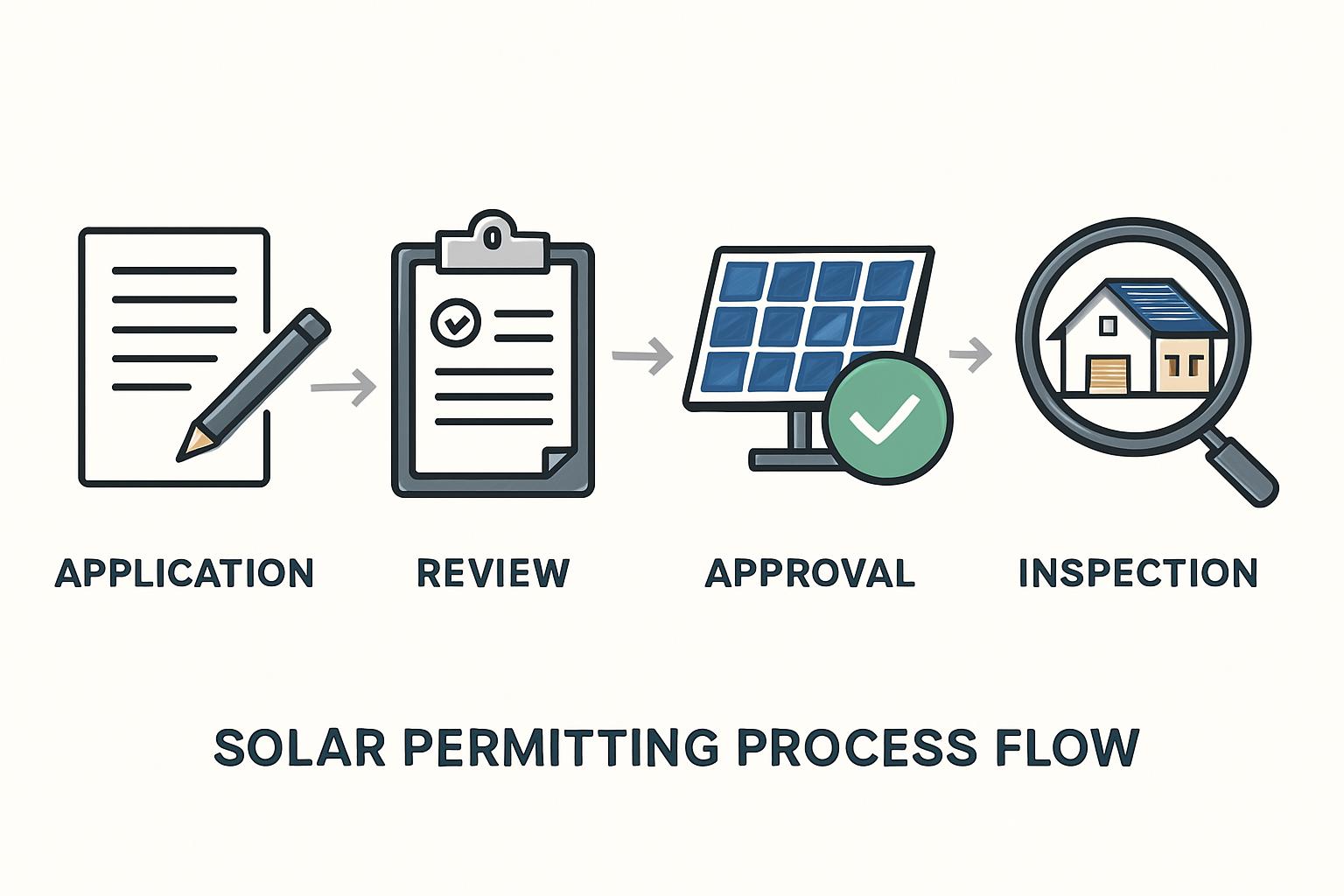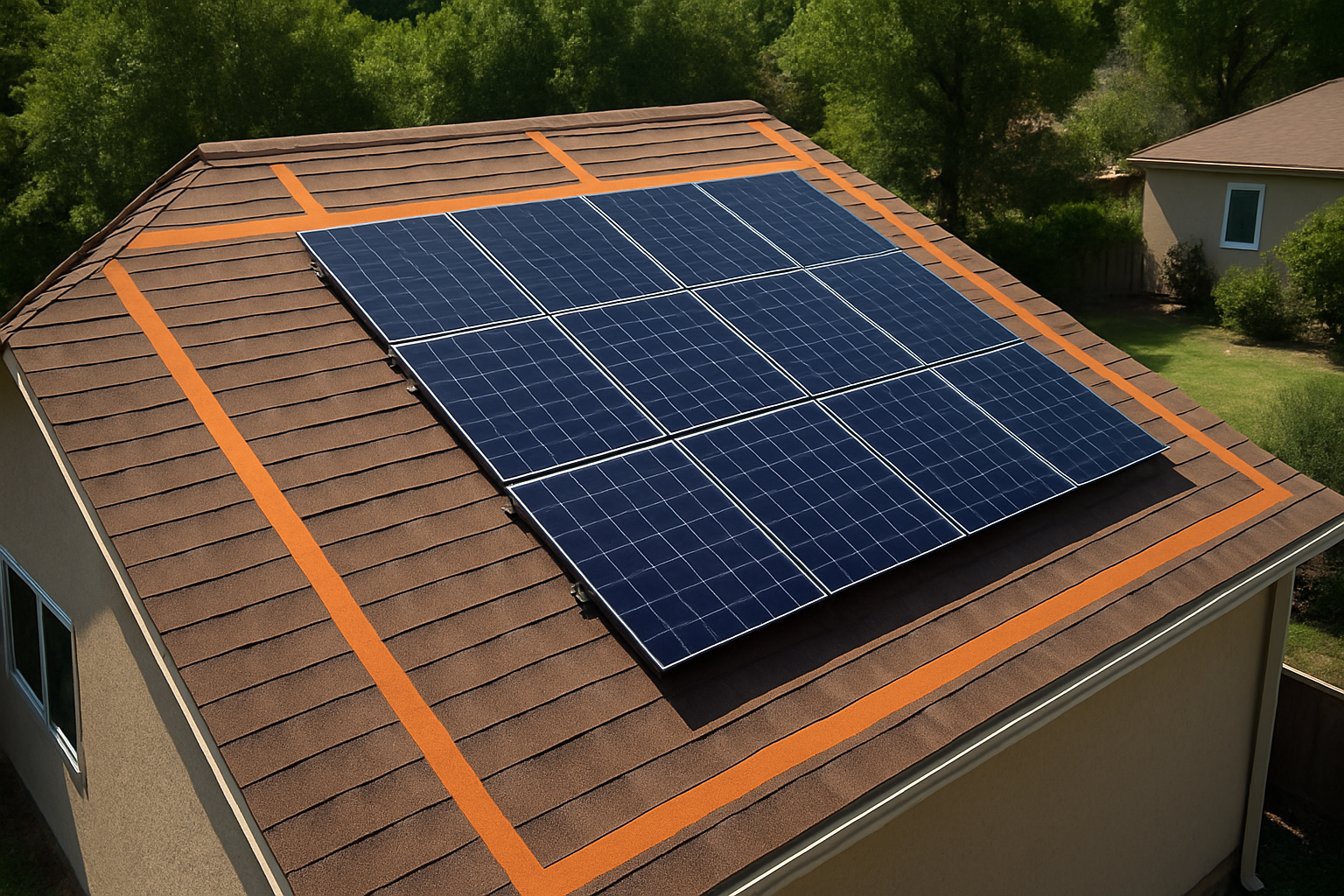Interest in solar energy is growing across urban landscapes, offering a path to energy independence and reduced utility expenses. For multi-unit residential buildings, embracing solar power presents unique opportunities and distinct challenges. While the benefits are clear, the approval process for solar installation permits in multi-family dwellings can be intricate. This article examines the feasibility of integrating solar into multi-dweller buildings, exploring the specific hurdles and outlining practical solutions to help property owners and developers navigate this complex terrain.
Unique Challenges of Solar in Multi-Dweller Buildings
Institutional and Split-Incentive Barriers
Installing solar in multi-dweller buildings often encounters institutional and financial barriers. Property developers and building owners may have limited incentive to invest in solar thermal devices if the primary benefits accrue to current occupants rather than directly to the owner. This situation, known as "split incentives," also appears in large companies or public services where investment and operating costs are separated. Many existing policies and programs designed to accelerate solar energy growth often target homeowners and taxable enterprises, leaving renters and residents in multi-unit housing underserved. Addressing these misaligned incentives is crucial for broader adoption.
Technical Complexities and Space Constraints
Multi-dweller buildings present unique technical hurdles for solar installations. Key considerations include available roof space, optimal orientation, and the structural capacity of the building to support the additional weight of solar panels and mounting hardware. High-efficiency panels can make a project viable even with constrained roof space, maximizing energy generation from smaller areas. When multiple buildings exist on a single property, the electrical metering setup becomes critical. If buildings have separate meters, the solar system on one might not power another without extensive rewiring. Additionally, voltage rise is a significant technical factor in multi-dwelling solar systems, requiring careful calculations to ensure compliance and maintain system efficiency. These factors necessitate a thorough site assessment and a customized system design.
Legal and Co-owner Approval Hurdles
Legal barriers for solar installations vary greatly by country and even at more local levels, with permitting frequently posing a significant challenge. In collective dwellings, securing unanimous consent from all co-owners for system modifications can be a substantial hurdle. Even if a solar system primarily benefits only a few units, all property owners might need to agree to the installation, potentially blocking improvements. Some regions also lack specific solar-enabling legislation for community solar programs, which can further impede the development of accessible solar projects for multi-unit properties. Navigating these diverse legal landscapes and achieving consensus among multiple stakeholders requires careful planning and communication.
Navigating the Permitting Landscape
Understanding Local Building Codes and Regulations
Solar permitting and inspection processes are vital to ensure a building is safe for solar and that the solar array is installed correctly. Generally, local governments require a permit for rooftop panels before installation can begin. Regulations vary considerably by location, making it challenging to keep up with specific requirements and potentially leading to delays and compliance issues. Building codes are paramount, covering structural integrity, fire safety, and electrical compliance. For example, California's Title 24 mandates solar and energy storage systems for new commercial and high-rise residential buildings, requiring systems to generate at least 60% of the building's electricity needs. These standards also consider factors like snow load requirements. The International Energy Agency (IEA) highlights the importance of integrating solar energy considerations into local planning and building energy codes to facilitate wider adoption.
Essential Permits for Multi-Unit Solar Installations
Obtaining proper permits is essential to ensure the legality, safety, and compliance of solar energy projects. The permitting process for multi-unit solar installations typically encompasses zoning, electrical, structural, and utility interconnection permits. Connecting solar installations to the electrical grid requires approvals from utility companies, and negotiating interconnection agreements can be a complex and time-consuming process. Different cities and towns often have unique permitting requirements and processes that solar contractors must navigate. Understanding these specific requirements early in the project lifecycle helps prevent unexpected delays.
Streamlining the Application Process
Permitting for solar projects can involve lengthy approval timelines due to extensive paperwork, reviews, and multiple layers of bureaucratic processes. Such delays can significantly impact project timelines and budgets. In some European Union member states, completing the permitting process for utility-scale solar PV projects can take up to five years, jeopardizing renewable energy targets. Governments are actively enacting policies to address this issue, with the IEA implementing actions to accelerate renewable energy permitting by supporting member states in streamlining administrative procedures. Addressing unnecessarily strict reporting requirements for developers is a key focus. Furthermore, accurate models for stormwater runoff can reduce costly infrastructure requirements and facilitate permitting for ground-mounted solar installations. Leveraging digital tools and maintaining clear communication with permitting authorities can also help expedite approvals.

Feasible Solutions and Best Practices
Focusing on New Constructions and Major Retrofits
Experts generally consider solar technologies for multi-dweller buildings most feasible in new constructions and during complete retrofitting processes. Current building regulations ensure that new buildings are more energy-efficient than existing ones. Passive solar concepts, for instance, can significantly cut up to 50% of heating and cooling loads in new buildings with minimal additional investment. Incorporating solar energy systems during the initial design and construction phases enhances property value and marketability, appealing to environmentally conscious buyers and tenants. This approach allows for seamless integration of solar infrastructure, optimizing placement and efficiency from the outset.
Community Engagement and Consensus Building
Effective community engagement is crucial for successful multi-dweller solar projects. Gaining agreement from all co-owners or tenants, while challenging, is often achievable by highlighting the tangible benefits. These include lower electricity bills, increased property value, and a reduced carbon footprint. Shared solar, also known as community solar, presents a practical model where multiple tenants can benefit from a single solar system. The electricity generated is shared, and costs are distributed among participants. This can result in individual units receiving proportional credits on their utility bills. Successful implementation often depends on the availability of local regulations supporting virtual net energy metering or similar programs.
Integrating Energy Storage for Enhanced Value
Integrating energy storage systems (ESS) with solar installations significantly enhances overall reliability and value for multi-unit properties. Battery storage provides critical benefits such as backup power during grid outages, peak shaving to reduce electricity costs, and improved energy independence. For example, California's Title 24 mandates solar and energy storage systems for many new commercial and high-rise residential buildings, requiring these systems to meet a significant portion of the building's electricity needs. Our company specializes in high-performance, safe, and reliable lithium iron phosphate batteries, and develops integrated home energy storage systems that combine lithium batteries, hybrid inverters, and solar panels. These solutions offer reliable and scalable energy options, helping multi-dweller buildings achieve greater energy resilience.
Advancing Multi-Dweller Solar Adoption
Permitting solar in multi-dweller buildings presents unique challenges, particularly institutional, technical, and legal hurdles. However, clear and feasible pathways exist for successful implementation. Focusing on new constructions and major retrofits, coupled with robust community engagement and the integration of advanced energy storage solutions, paves the way for successful projects. Strategic planning, a thorough understanding of local building codes, and leveraging modern technology are essential for navigating the complexities and unlocking the full potential of solar energy for multi-unit properties. This approach helps property owners achieve greater energy independence and contributes to a sustainable energy future.
Frequently Asked Questions
Q: What are the biggest hurdles for installing solar on existing multi-dweller buildings?
A: The primary hurdles include obtaining consensus from multiple co-owners or tenants, navigating complex local permitting and building codes, addressing structural limitations of older buildings, and managing "split incentives" where investment benefits may not align with cost bearers.
Q: Can individual apartment units get solar, or does it have to be for the entire building?
A: Both options are possible. Individual units can have solar if their metering allows, but shared solar or community solar models are often more practical for multi-dweller buildings. These allow multiple tenants to benefit from a single system, with energy credits distributed. However, this depends on local regulations like virtual net energy metering.
Q: How does energy storage enhance solar installations in multi-unit properties?
A: Energy storage systems (ESS) provide critical benefits such as backup power during grid outages, peak shaving to reduce electricity costs, and increased energy independence. Integrating batteries, like our high-performance lithium iron phosphate solutions, allows for better management of solar energy generation and consumption within the building.





Leave a comment
All comments are moderated before being published.
This site is protected by hCaptcha and the hCaptcha Privacy Policy and Terms of Service apply.